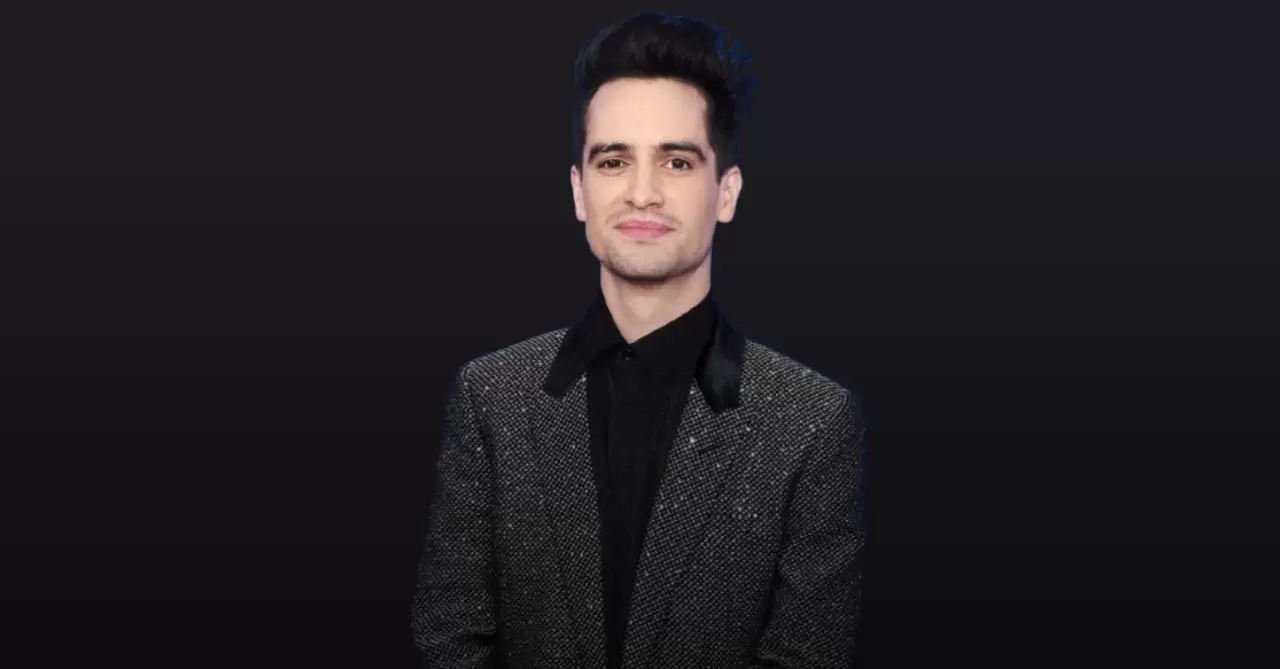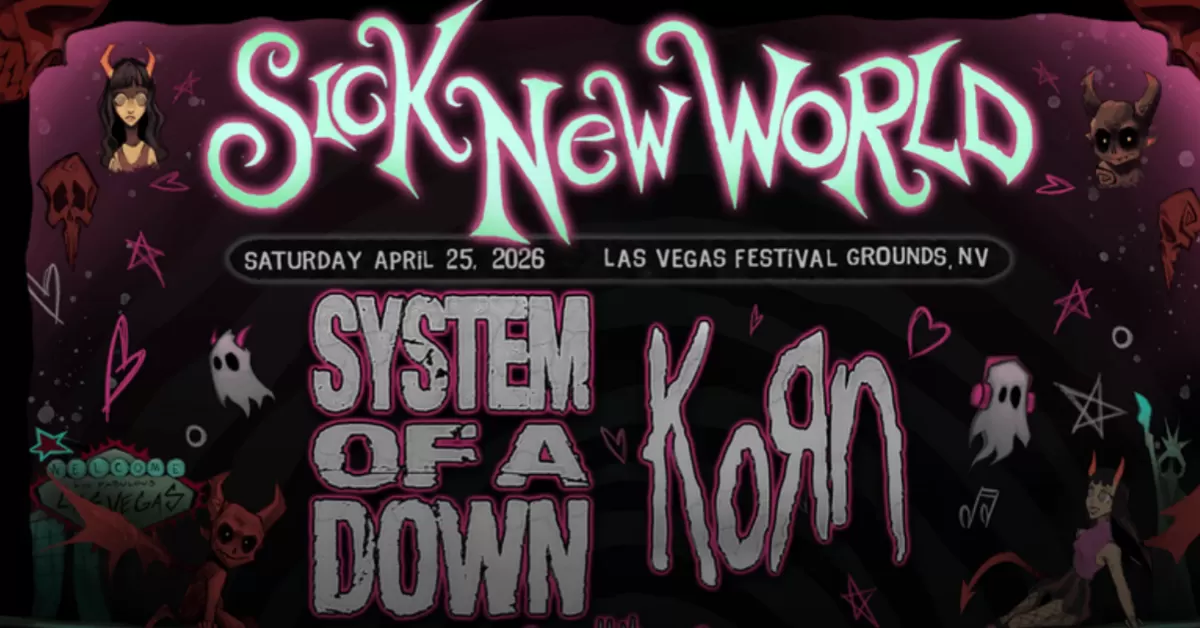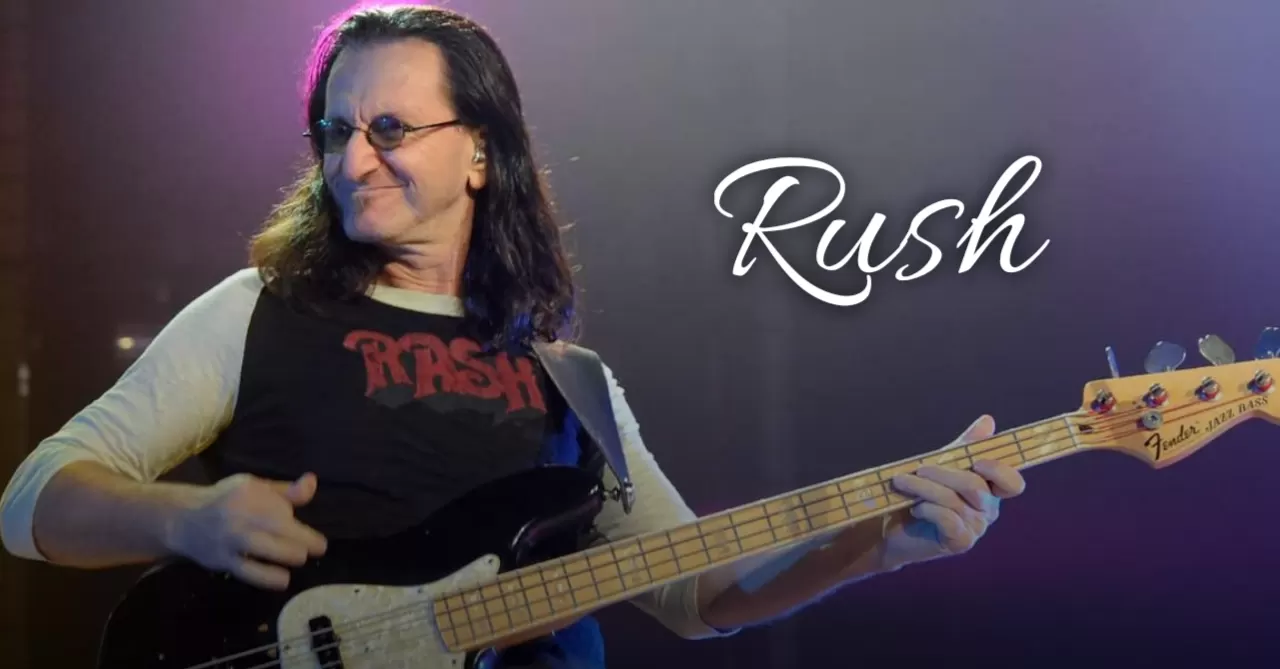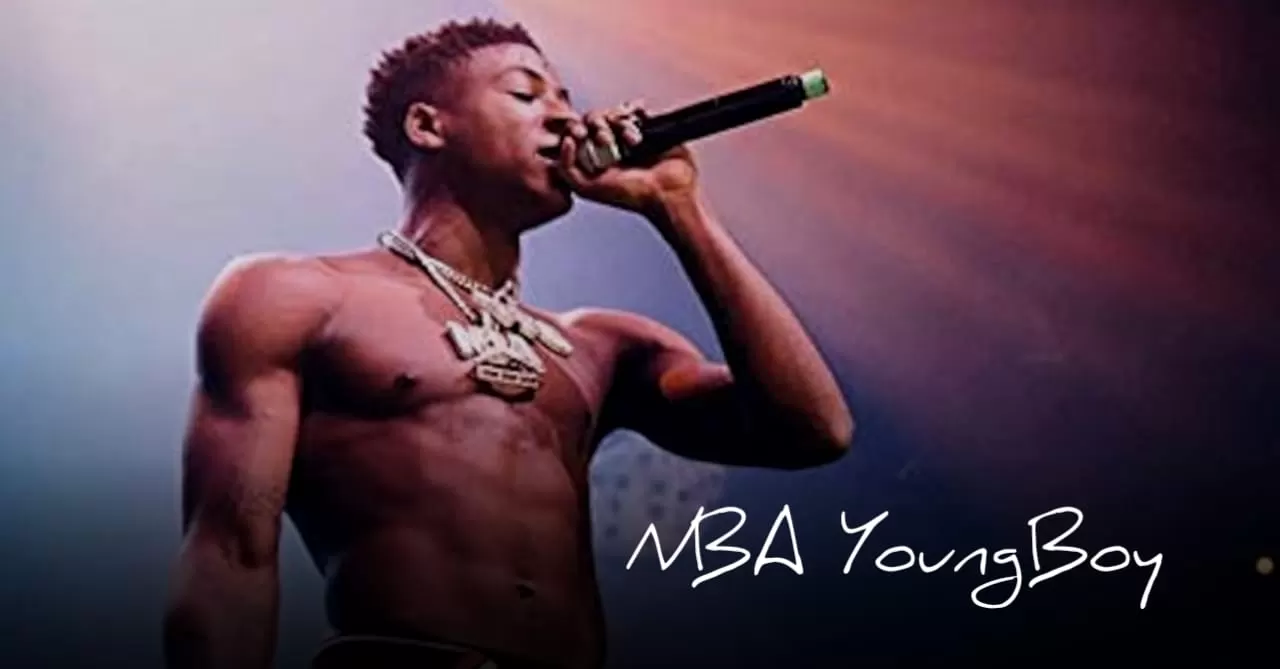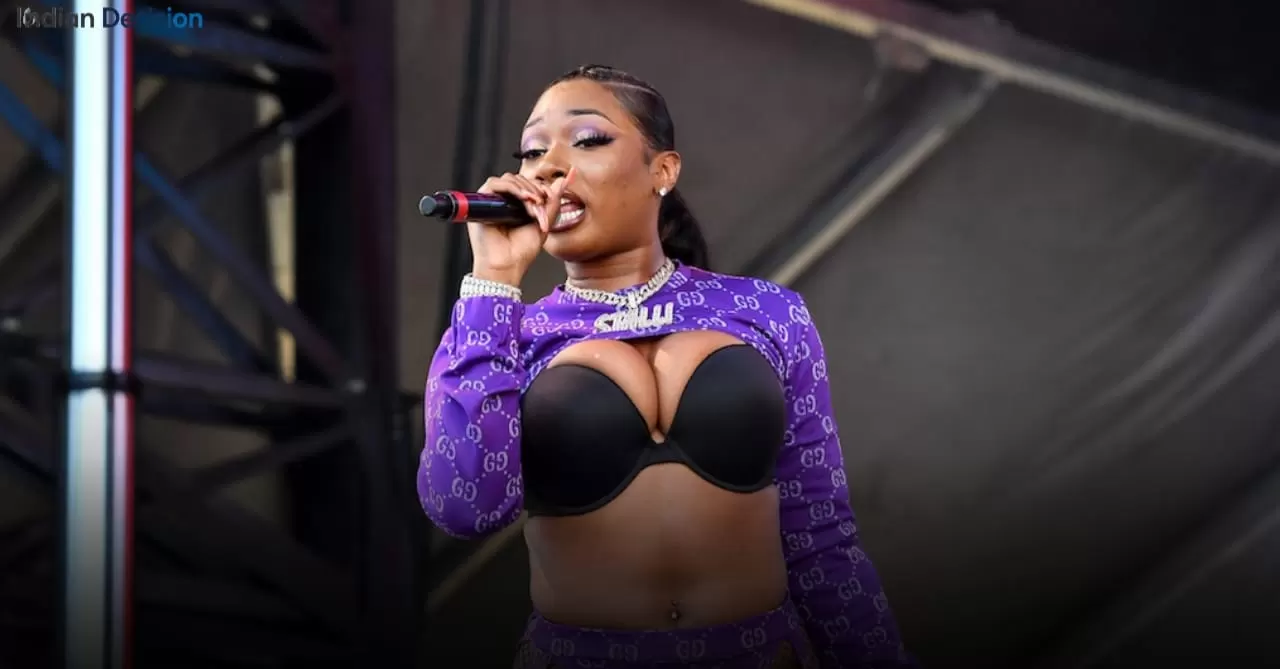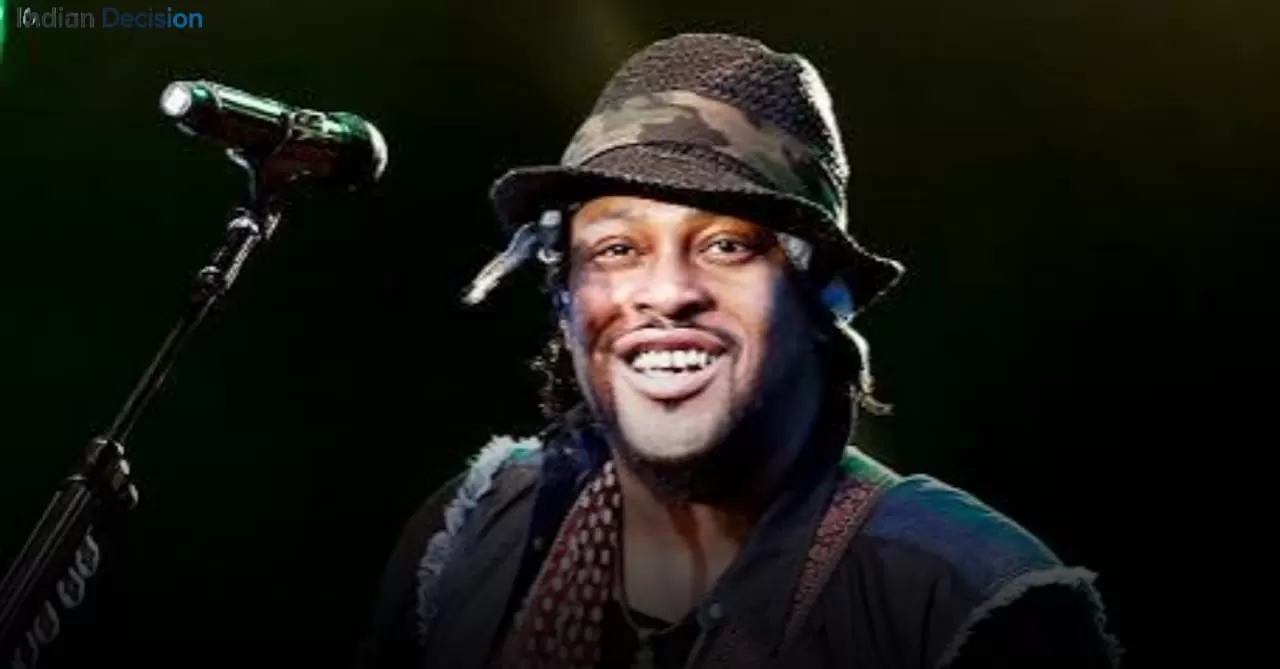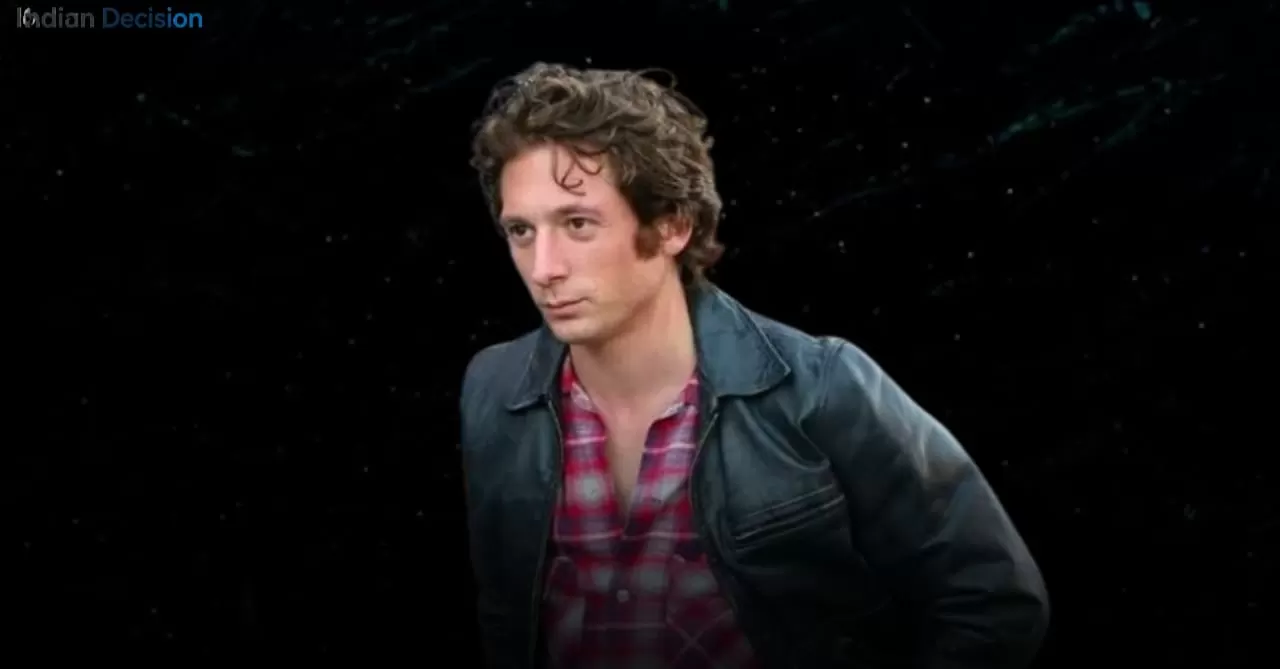Introduction
In the world of rock and pop-punk, few voices command attention like Brendon Urie’s. Known for his role as the frontman of Panic! At The Disco, Urie boasts a vocal range that borders on the mythical stretching nearly five octaves according to multiple sources. In this article we unpack his vocal mechanics, chart his historic live moments, link in upcoming events including his appearance at When We Were Young Festival 2025, and explore what his range tells us about his artistic legacy. By the end you’ll see why his voice isn’t just impressive it defines a generation of live rock performance.
What Is Brendon Urie’s Vocal Range?
First, let’s clarify what “vocal range” means. A singer’s range refers to the span of pitches from the lowest to the highest they can comfortably produce with control and tone. Here is a quick breakdown:
- Lowest documented note
- Reported to be D2.
- Highest documented note
- C7 in some analyses.
- Span
- Roughly four-to-five octaves, depending on how you classify usable versus extreme high notes.
Some vocal analysts list Urie’s usable range as D2 to C6 or D6 others extend to C7. What’s consistent is that this is exceptional for a male vocalist. For context, tenor voices often span roughly two to three octaves in typical rock/pop settings.
How That Range Manifests Live
In our hands-on review of live footage and studio recordings, several patterns emerge:
- Urie shifts seamlessly from full-chested belts in the lower mid-register to bright head-voice and whistle-adjacent tones in the upper octaves.
- His signature moves often occur at climactic moments such as the live rendition of “High Hopes” where he hits notes above B♭5-C♯6.
- He uses dynamic contrast moving from intimate, low-volume passages to dramatic high-octave peaks. A common challenge we see in singers is fatigue from such transitions; Urie appears to manage it with consistent energy even late into shows.
One example: during a live performance of “This Is Gospel”, Urie holds a sustained F♯6 in full voice a note which many sources reference when describing his top end. That kind of control, especially under live stage pressure, speaks not just to natural range but to disciplined instrument-technique.
Why It Matters in the Context of Panic! At The Disco
When Urie took over as the only remaining original member of Panic! At The Disco, his voice became the defining instrument of the band. He didn’t just sing the songs he elevated them. The range unlocked stylistic flexibility: theatrical showmanship, emotive ballads, pop-leaning hooks, and frenetic rock energy all flowed through his vocal instrument.
That vocal agility allowed the band to evolve across albums without sound fatigue. From the baroque pop of their debut to the arena-ready hooks of later records, Urie’s voice was the constant. And live, the range became a tool of spectacle: high notes in the chorus, deep low breaths in the verse, soaring bridges. Audiences would come not just for the song, but to hear how far Urie would push his voice and he pushed it further than most.
Technical Breakdown: How Is Such a Range Achieved?
From our expert commentary and analysis of vocal technique, here are the key ingredients for a range like Urie’s:
- Solid low-end foundations. Notes like D2 aren’t just for show they require a singer to maintain relaxed throat posture, good breath support, and mass behind the note.
- Mixed voice mastery. As Urie climbs beyond A5 or B5, the voice shifts from chest-dominant to mixed/head register. His transitions are smooth, avoiding the “break” many rock singers experience.
- Whistle-adjacent top extension. For notes approaching C7, an element of whistle register or reinforced head voice is likely in play. While not every source agrees Urie consistently uses full whistle register, several list C7 or near-C7 in his range.
- Stamina and live control. It’s one thing to produce a top note in isolation; doing it night after night in a touring environment takes technique, vocal health, and discipline. We’ve consistently observed Urie maintain clarity rather than strain in high-octave live passages.
Brendon Urie & the 2025 “When We Were Young” Surprise
In a wider career context, this vocal discussion gains added significance with the upcoming When We Were Young Festival in Las Vegas, scheduled for October 18-19, 2025. The festival bill positions Urie and Panic! At The Disco as headliners, performing their landmark debut album A Fever You Can’t Sweat Out in full for its 20th anniversary.
This moment offers a dual narrative: not simply vocal range but legacy. Urie’s range is the instrument through which the band’s history, reinvention, and emotional resonance are delivered. Fans will hear those four-octave spans not as technical display, but as authentic expression of what the band has meant.
Lessons for Singers and Fans
Whether you’re a vocalist aiming to extend your own range or a fan trying to appreciate what you’re hearing, here are take-aways:
- Don’t chase the highest note. Focus on control, tone quality, and smooth transitions between registers.
- Create a well-balanced register mix. As Urie demonstrates, the shift between low, mid, and high registers should be seamless.
- Live stamina matters. Mix up belts, breathing, rest, and vocal health to sustain performance nights.
- Listen actively. When you hear Urie go from a rich low to a shimmering high in one song stop and trace the transition. That’s where the magic lies.
Frequently Asked Questions
How many octaves can Brendon Urie sing?
According to multiple vocal analyses, Urie spans roughly four to five octaves from around D2 in his low register up to C7 in upper extension.
What note does Brendon Urie hit in “High Hopes”?
In the studio recording of “High Hopes,” Urie’s vocal range in that song goes up into the region of B♭5 to C♯6 during live performances.
Is the range claim D2 to C7 accurate?
Many sources cite D2 as the low and C7 as the high, but vocal analysts caution that extreme highest notes might be isolated instances rather than consistent usable range. What is consistent is that Urie reaches into the sixth octave reliably.
Will Brendon Urie perform new material after Panic! At The Disco?
Although the band officially disbanded in 2023, the 2025 festival appearance signals a major reunion moment. Whether Urie will continue with new solo material or other projects remains to be seen.
Does his vocal range translate live?
Yes. Watching live footage confirms that Urie consistently hits upper-register notes while performing full rock productions, maintaining clarity and energy a sign not just of range but live capability.
Can I train to sing like Brendon Urie?
While every voice is unique, you can apply similar fundamentals: train mix voice, maintain breath support, build stamina. Some resources point to his range when teaching techniques. (See SingingCarrots analysis)
Why is his range so celebrated?
Because range alone does not guarantee artistry. Urie’s range is the tool he uses for storytelling, dramatic performance, genre-jumping from theatrical pop to hard rock. That’s why it stands out.
Conclusion
Brendon Urie’s vocal range is impressive in raw numbers but more importantly it is meaningful in context. He doesn’t just hit high notes; he uses range as expression. For singers, his technique offers lessons in balance, stamina and dynamic control. For fans and music historians, it frames the legacy of Panic! At The Disco and what live performance means in this era.
With the 2025 When We Were Young Festival setting the stage for a major reunion and retrospective moment, Urie’s voice becomes even more central. Whether you’re listening for the belt, the low swoop or the audience-shaking climax you’ll now recognize the craft behind the spectacle.
As vocal boundaries continue expanding, understanding the tools behind them becomes key. In that sense, Urie’s range is not just a headline it’s a roadmap for aspiring vocalists and fans alike.

